Last month I wrote a blog post about my piece “Spirit House.” Here is a post about my other “Un-Halloween” pieces…
For me, anything minor tends to suggest “spookiness“, “the macabre,“ “eeriness,“ and even “otherworldly-ness“, along with than the more common “tragic” or “sad” typically associated with minor keys.
The three pieces I’ll talk about in this blog post can definitely be said to convey the former creepy qualities, although none were composed specifically for Halloween (even my most recent one, “Spirit House“, was originally composed for a wedding!) Which makes them all “Un-Halloween” pieces!
1. “Space Waltz”
I originally sketched this tune on the outside of a manila folder (the slow introduction was added much later.) Originally it seemed to be a kind of macabre circus tune – skeletons on a trapeze? – with a melody that would repeat over and over again with increasingly thick and chaotic orchestration in the manner of Ravel’s “Bolero” or “La Valse.”
Ultimately I called it “Space Waltz“; it seemed to convey a quality of ethereal “danciness” that reminded me of Strauss’s “Blue Danube” waltz in the film 2001: A Space Odyssey where the music accompanies a sort of cosmic ballet between spaceship and space station.
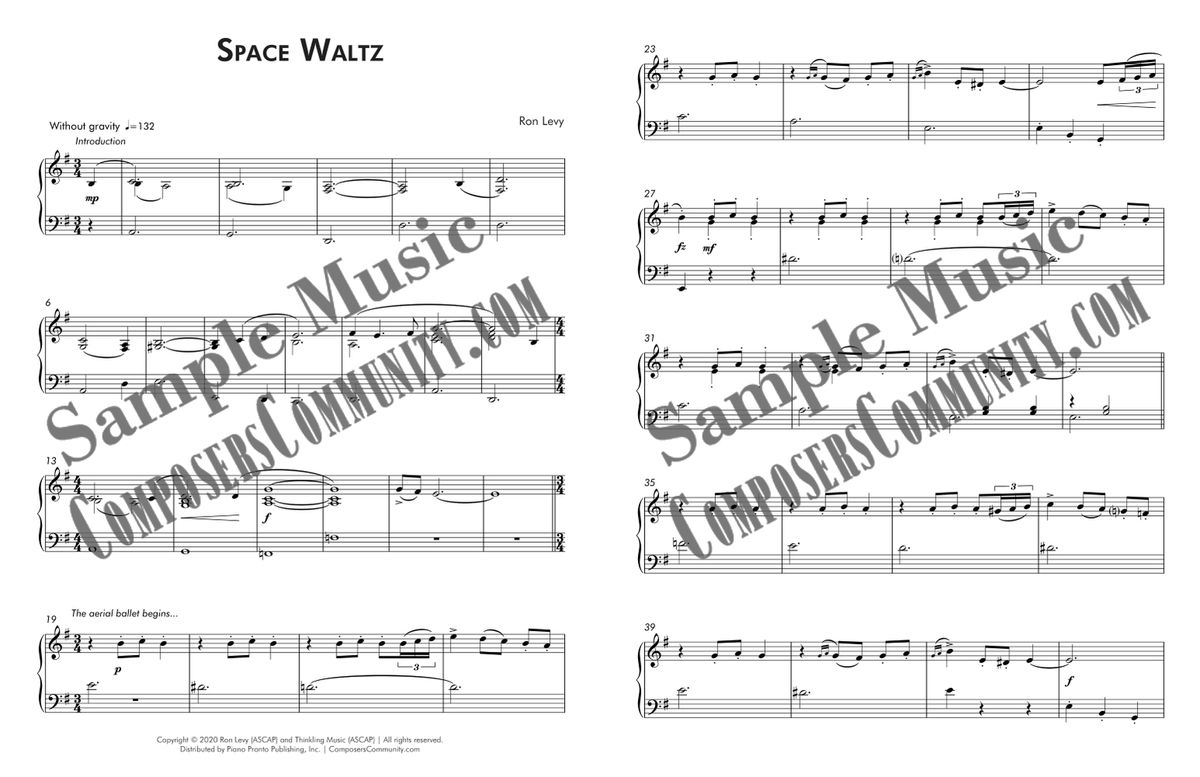
2. “Haunted Reverie”
This piece definitely belongs in the “un-Halloween” category: its working title was “Almost Halloween“!
Influenced by Eric Satie’s Gnossiennes, the spooky quality of the piece is due in large part to the preponderance of minor triads moving to unrelated keys. For example, the opening G minor harmony moves down by a half-step to F-sharp minor in measures 3-4. And so it goes for the remainder of the piece, with some forays into major, but not enough to dispel the overarching haunted quality.
John Williams borrowed this technique early on with his theme music for the 60s television show Lost in Space, and then again famously throughout the score for Star Wars-whenever the “dark side of the Force“ was involved. He often moves minor triads a minor third away–even more unrelated–creating a jarring other-worldliness.
Which brings to mind Ravel‘s use of minor triads moving to unexpected places in his ballet score for Daphnis and Chloe. See, composers stealing from other composers is simply a tradition!
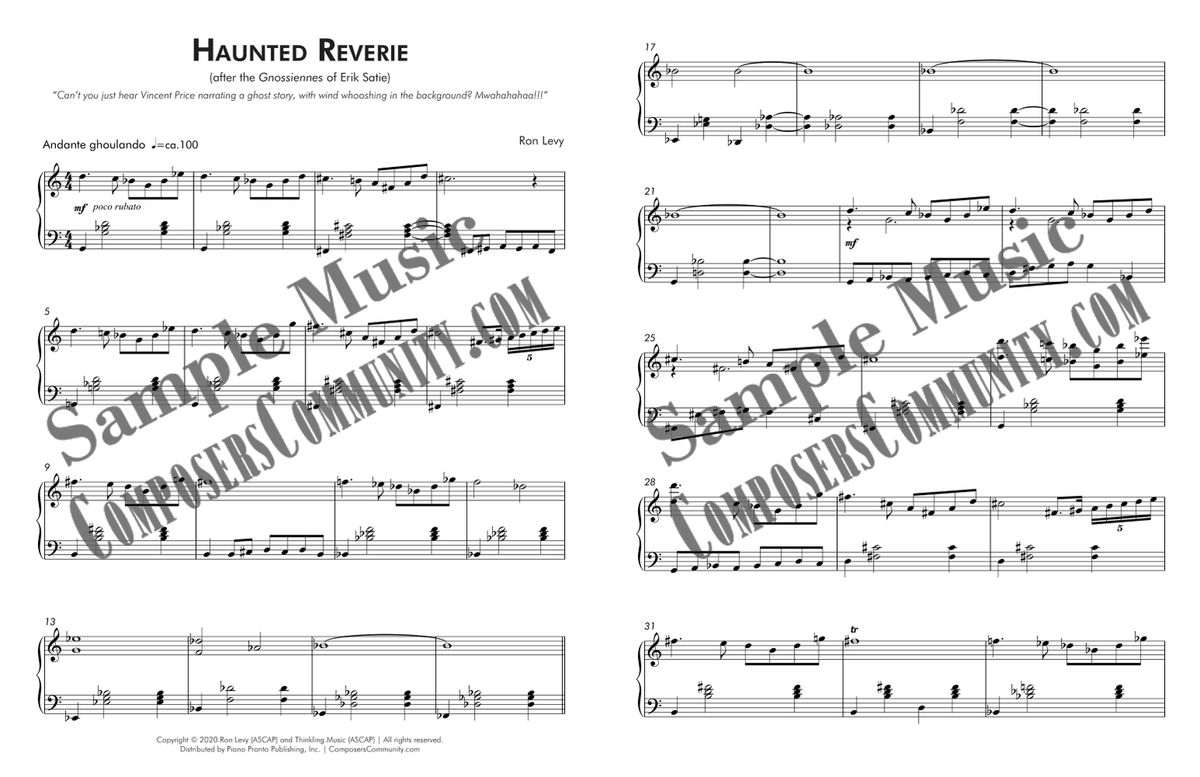
3. “Serious Moonlight”
“Serious Moonlight” takes its title from David Bowie’s 80’s hit “Let’s Dance.” Cool title, right? But musically nothing to do with Bowie; more to do with Claude. Debussy, that is.
Debussy most famous piano piece is “Clair de Lune” – which means “moonlight” in French – and it is this piece which is both inspiration and source material for “Serious Moonlight.”
This piece probably belongs on the fringe of “Un-Halloween” because the harmonic landscape is mostly in the major mode. But its etherealness definitely qualifies it for its current status.
The opening ascending gesture momentarily fools the listener into thinking they are hearing the original, but immediately diverges, signaling a rhapsodic journey through contemplative moods and musical styles. It stays close to its Impressionist roots, with only an occasional hint of jazz. Seriously.
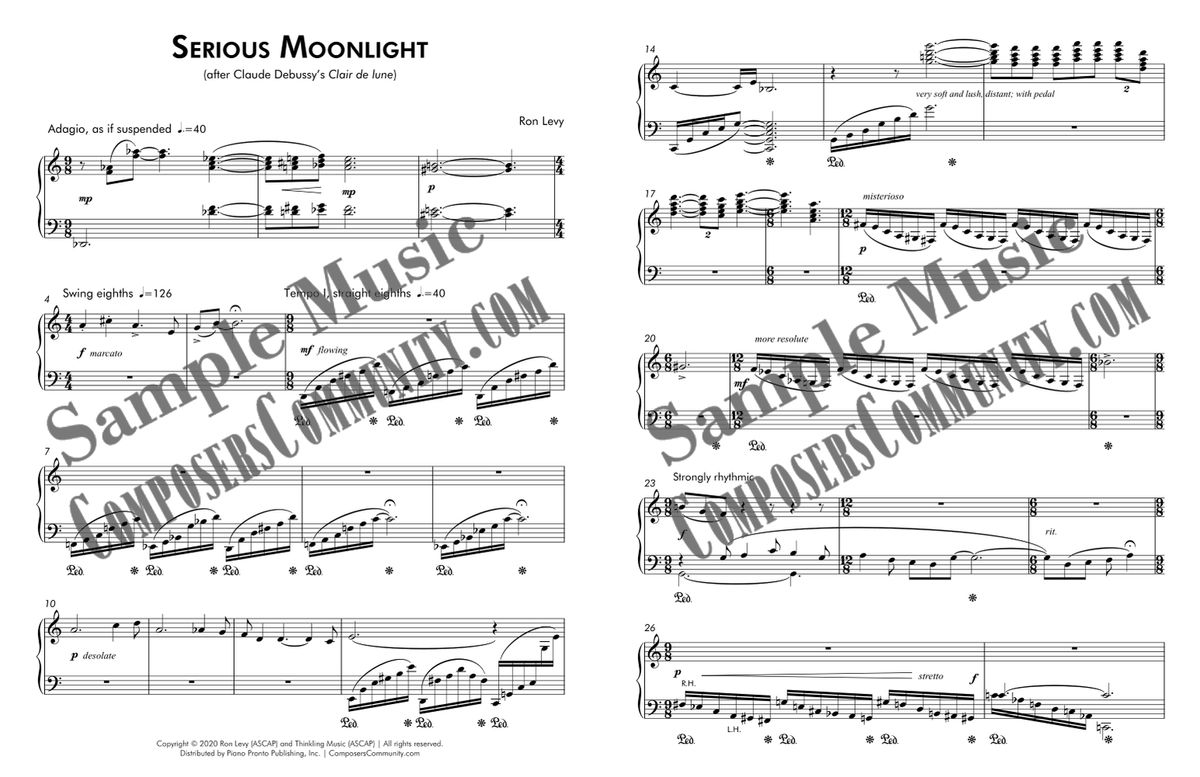

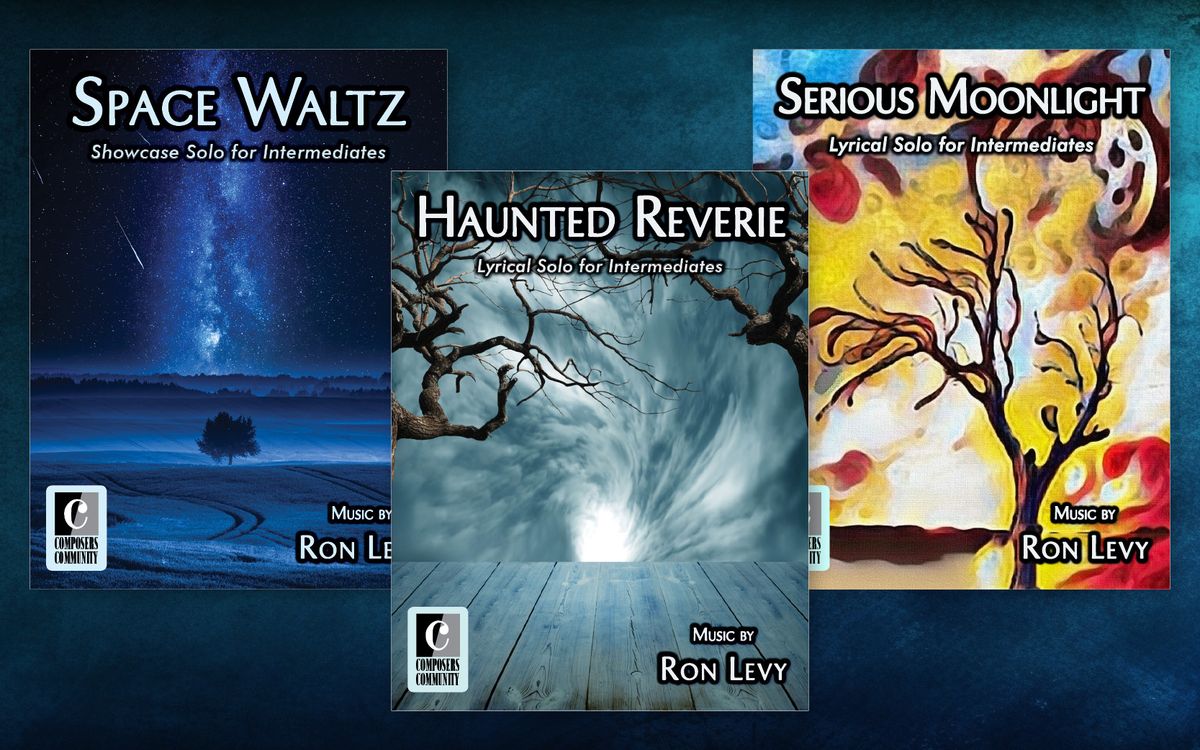

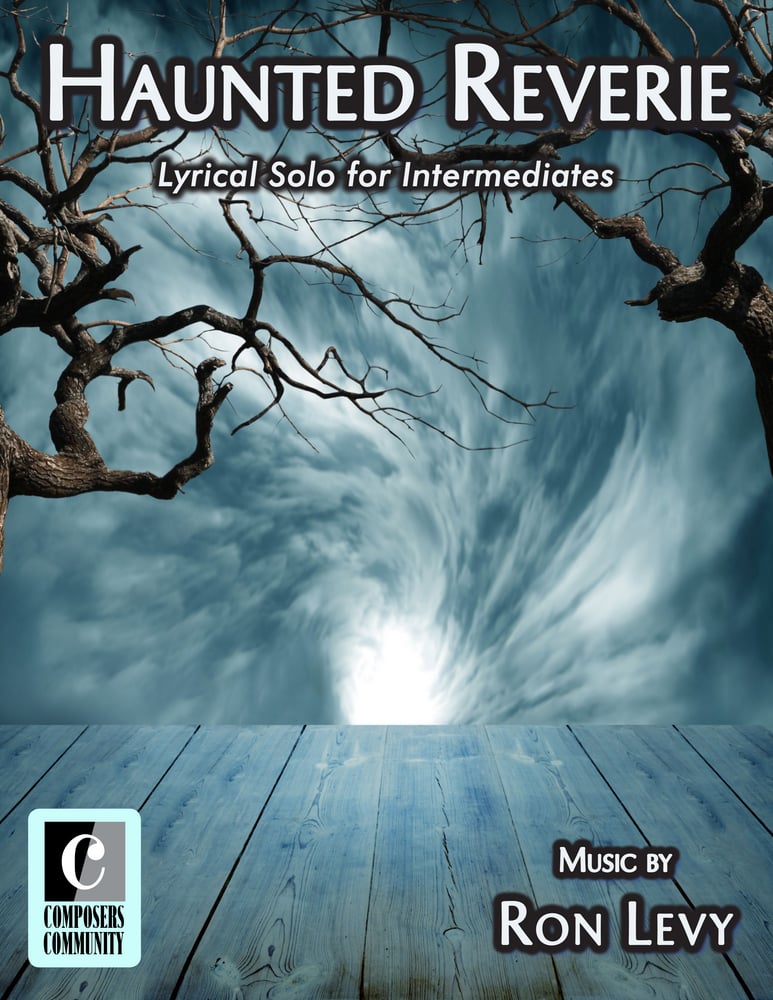
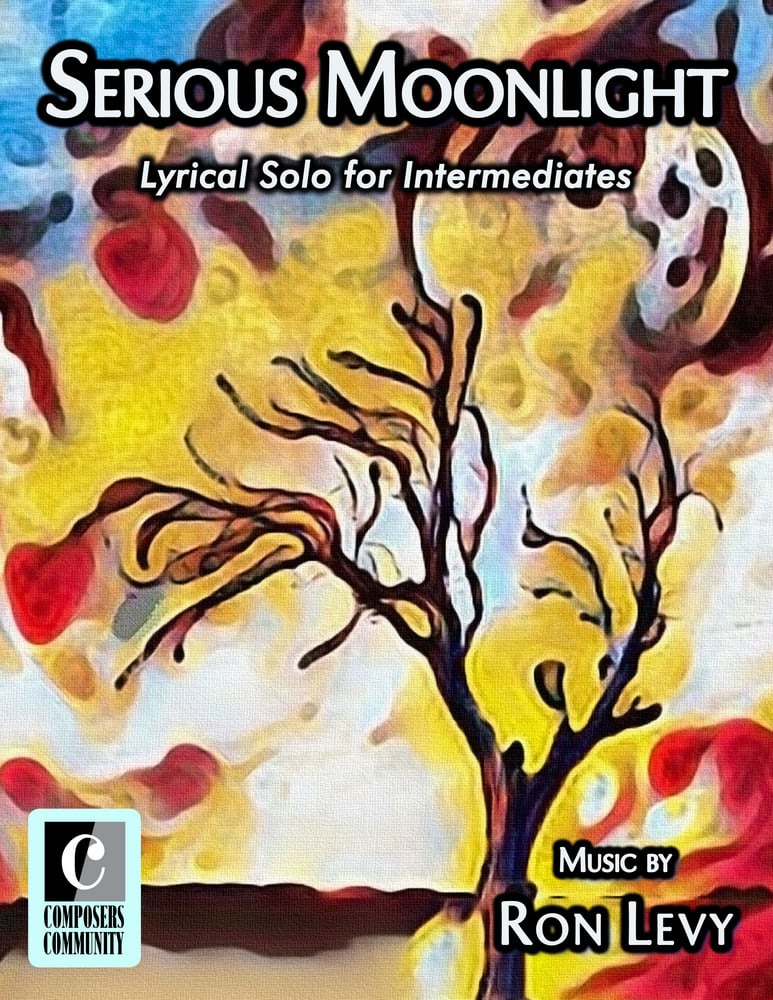
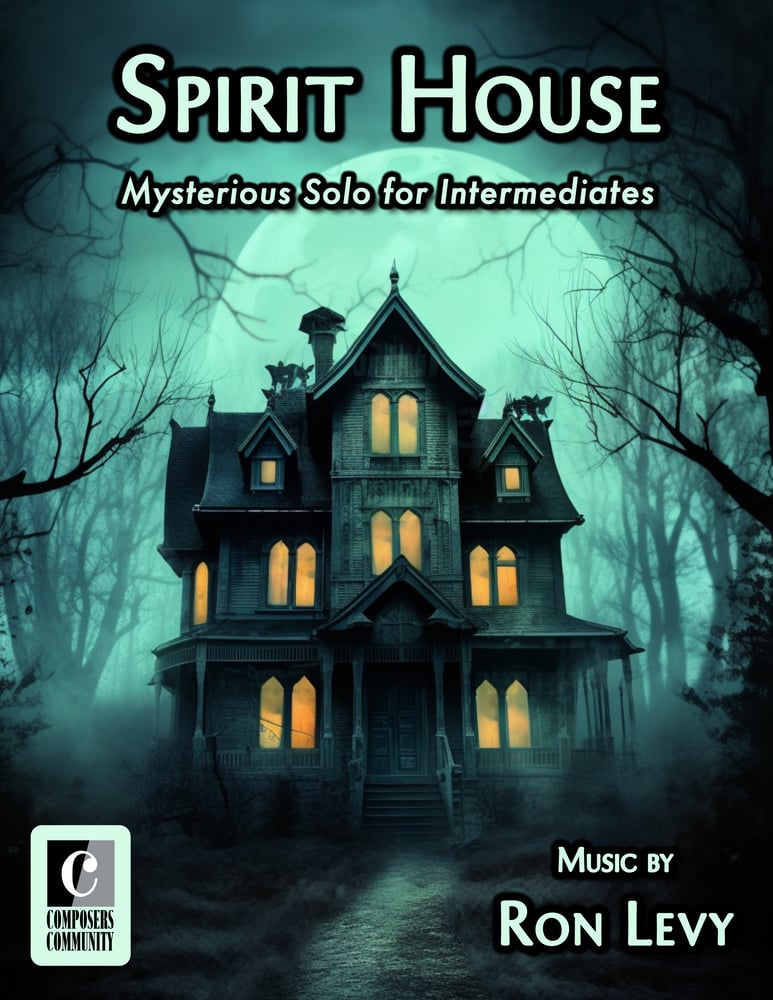
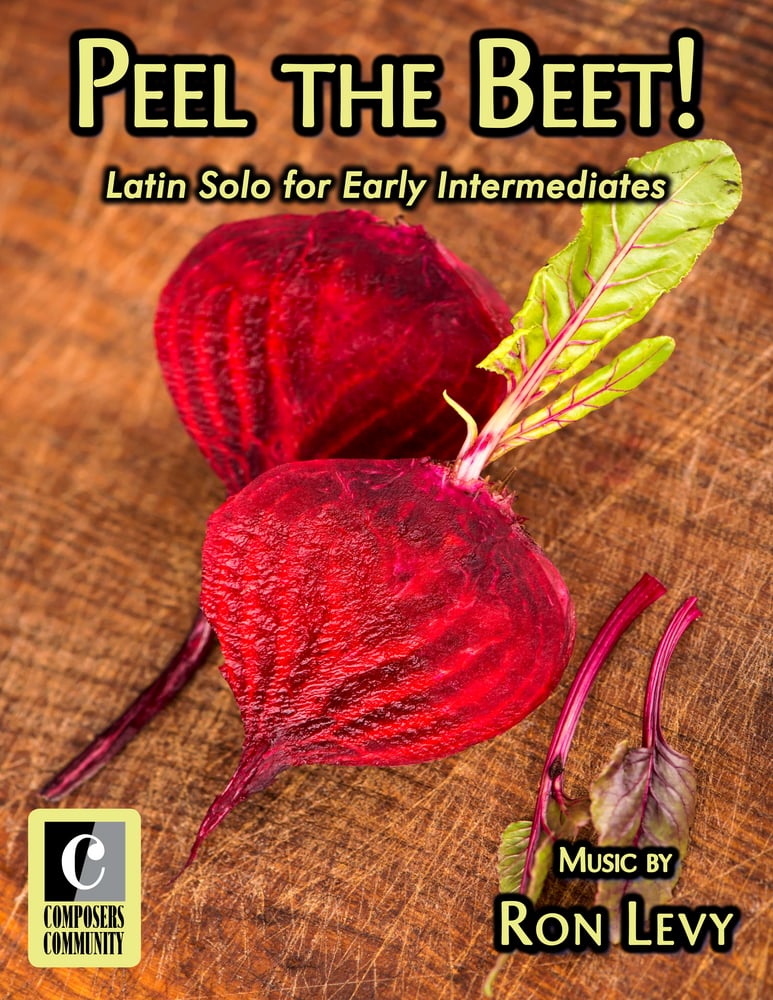
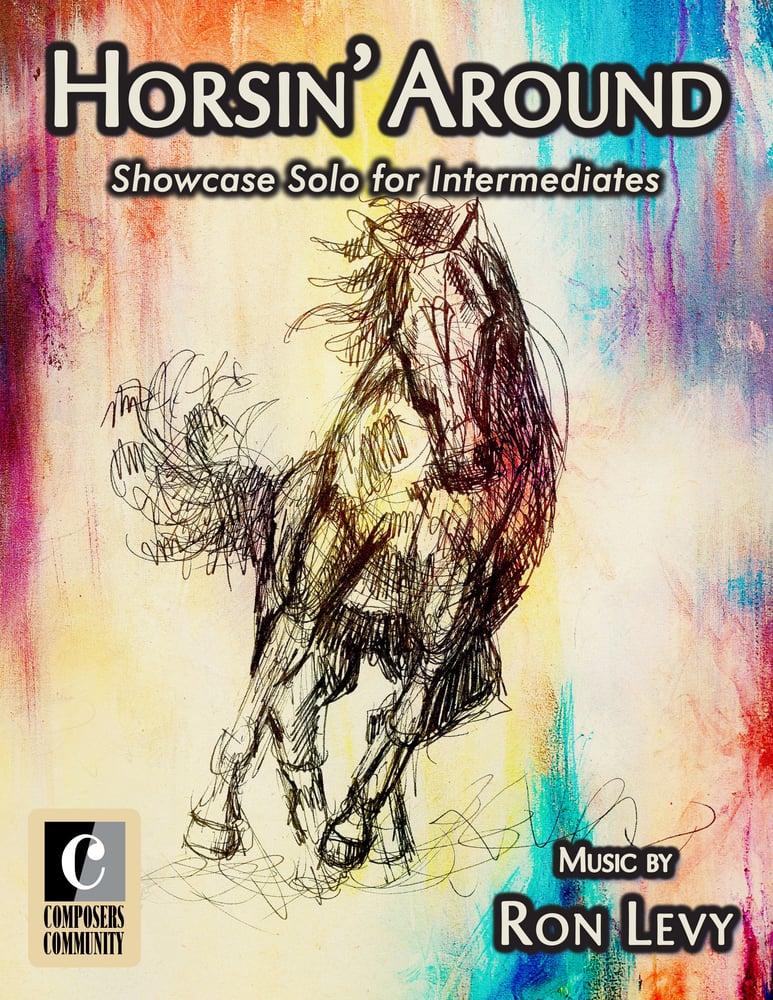
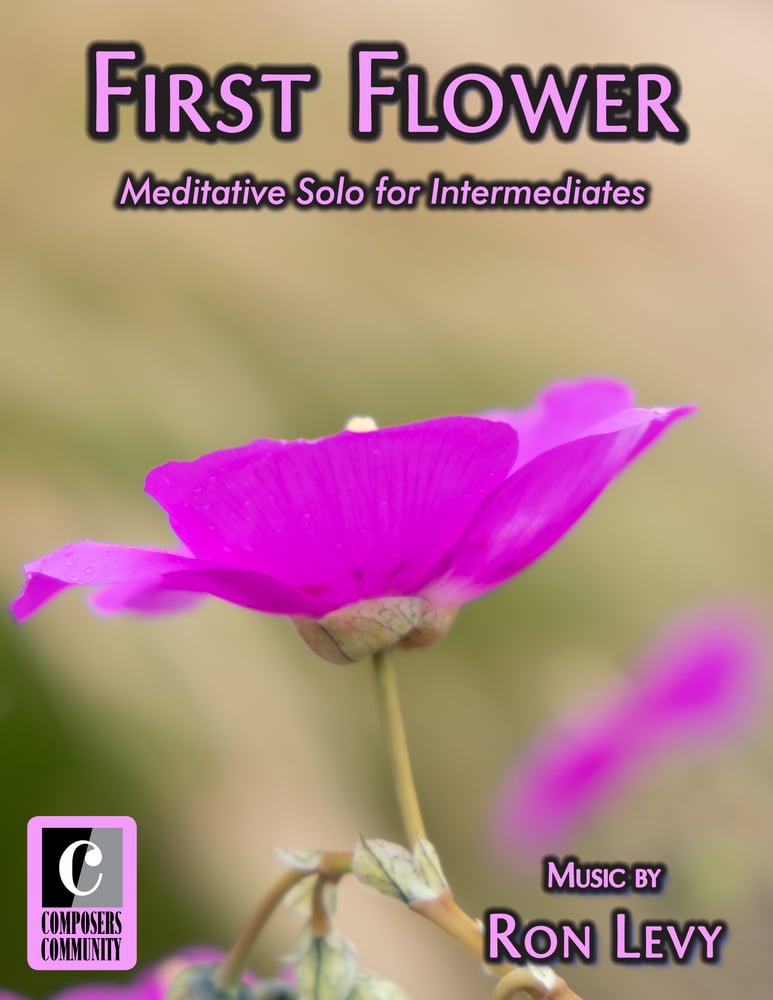

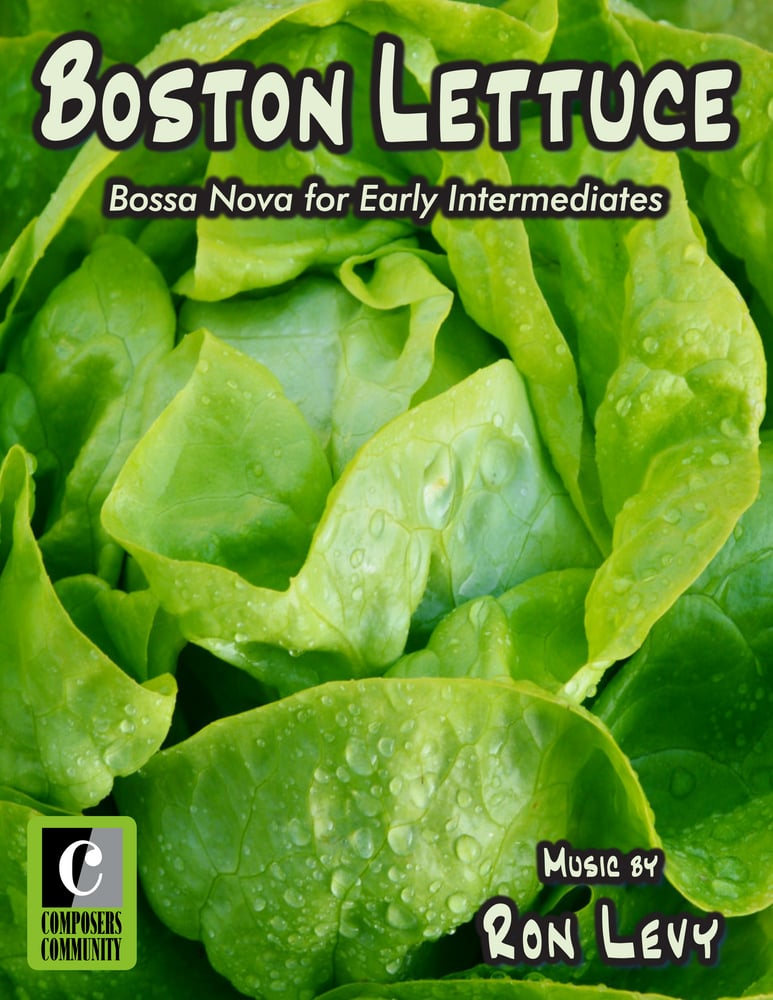

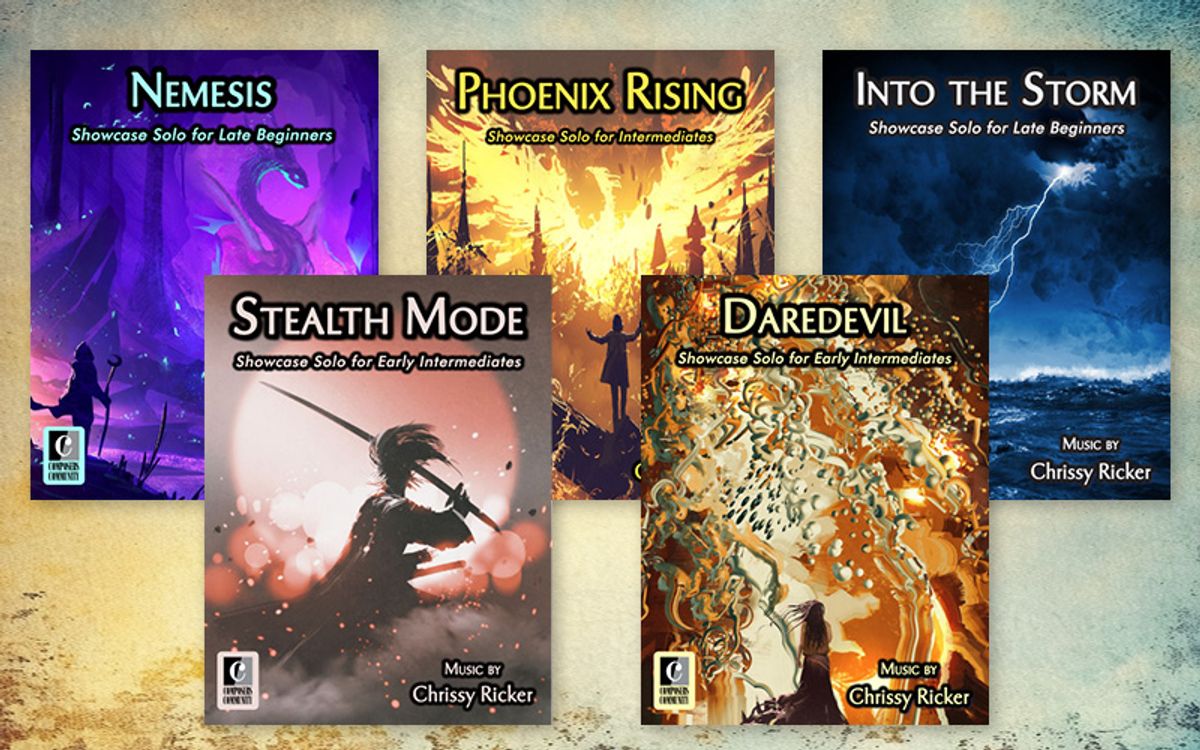

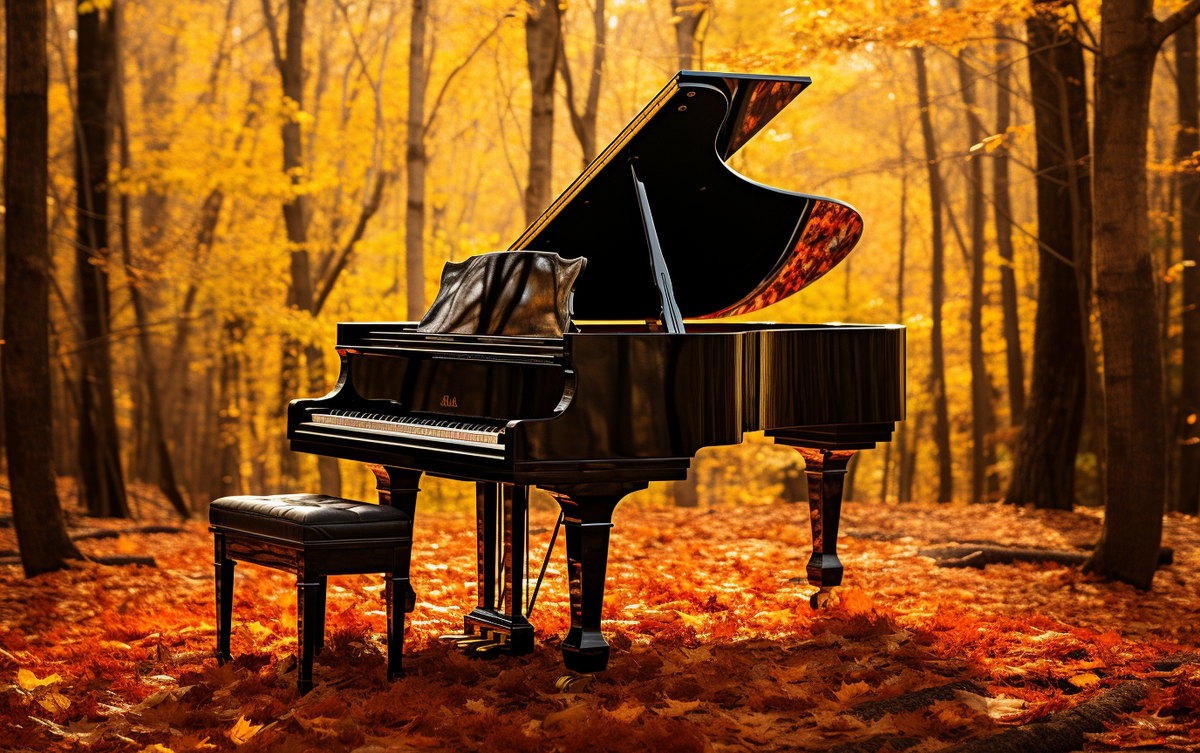
Be the first to comment.